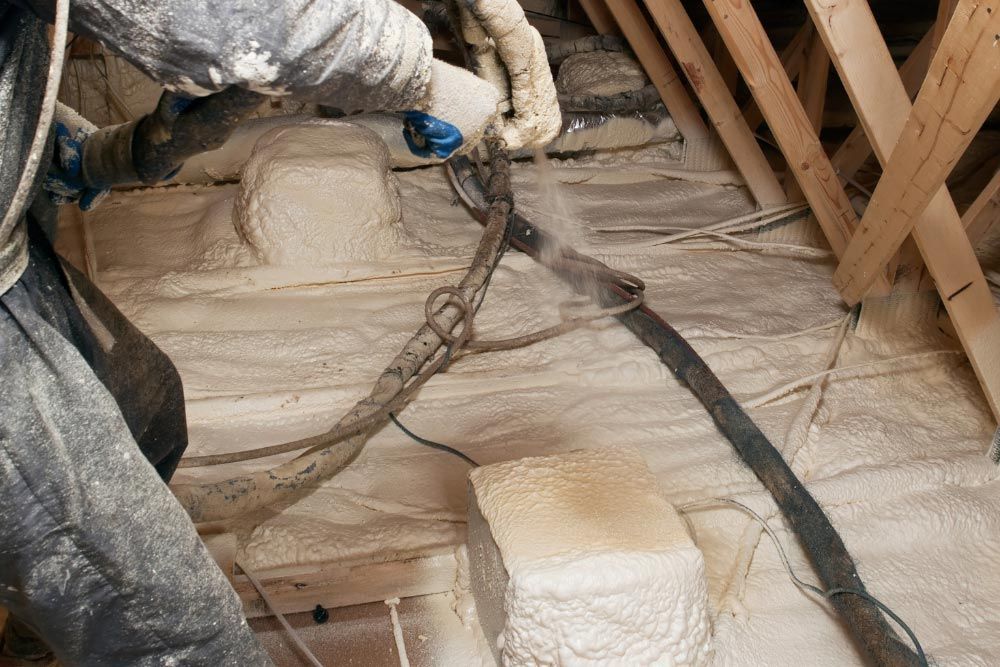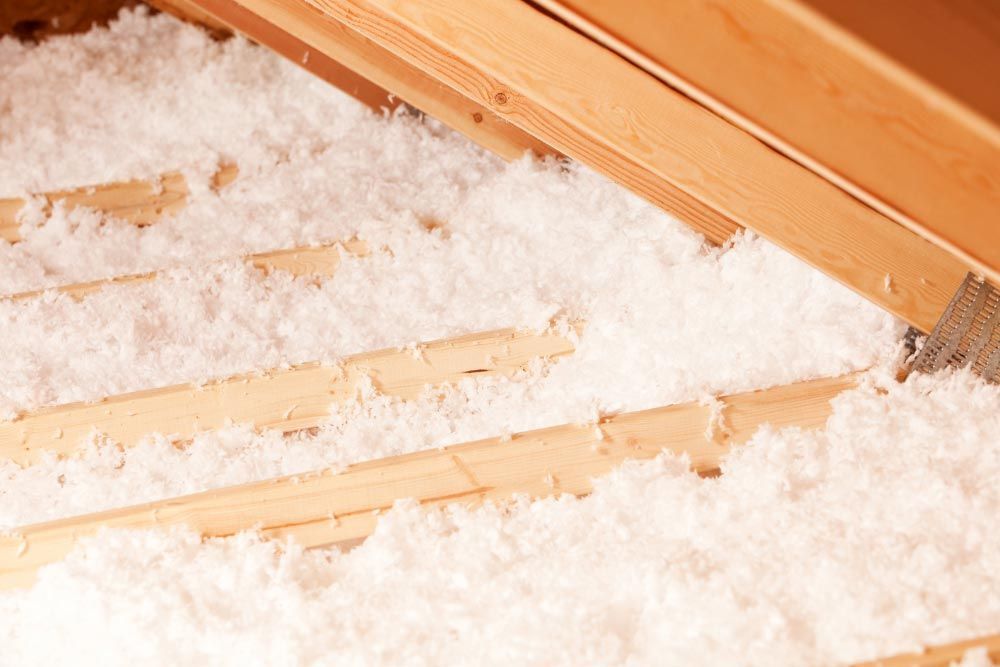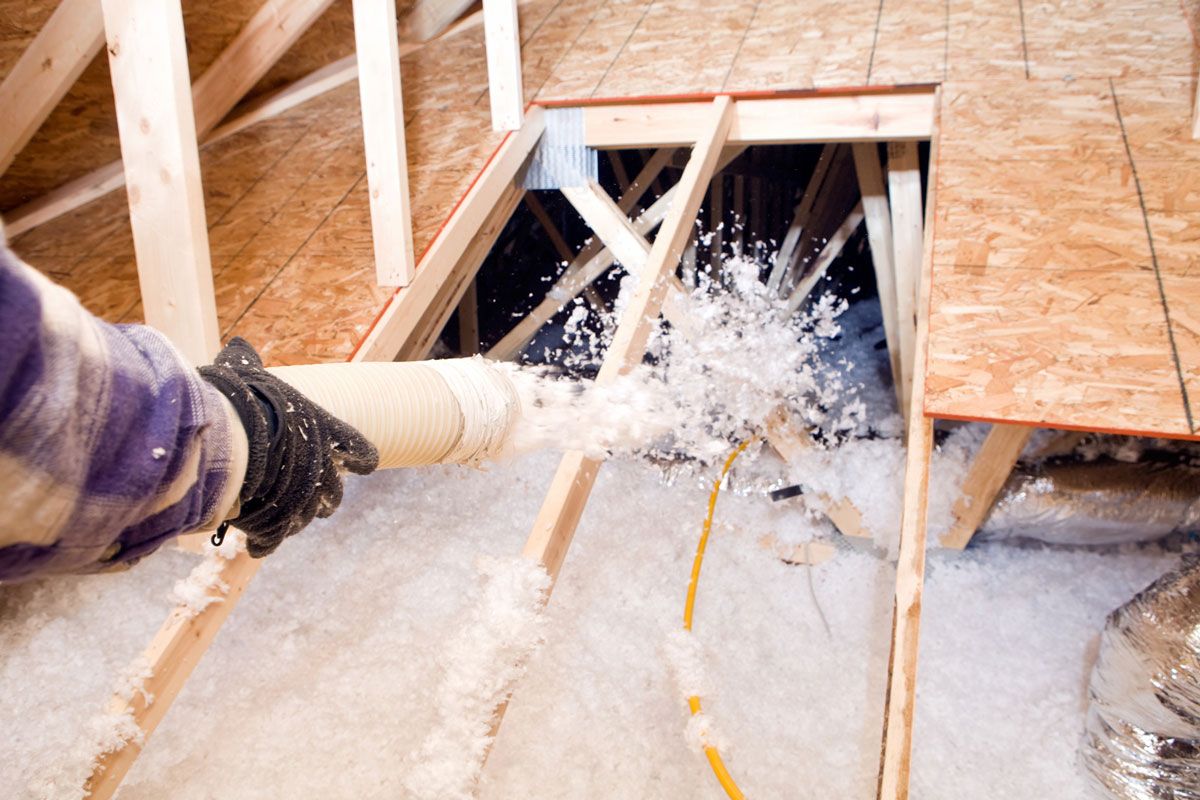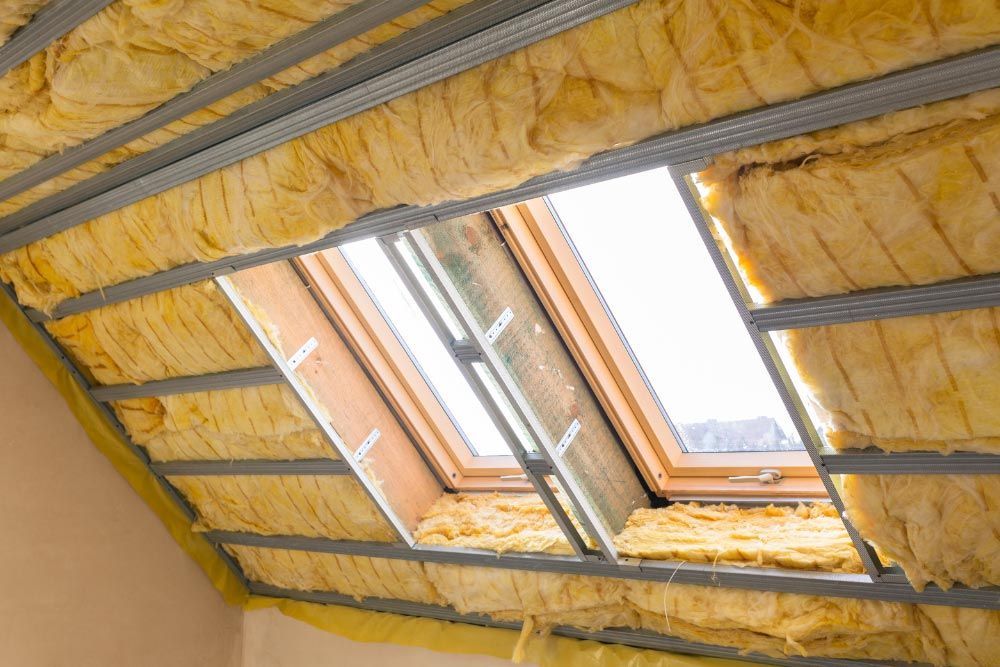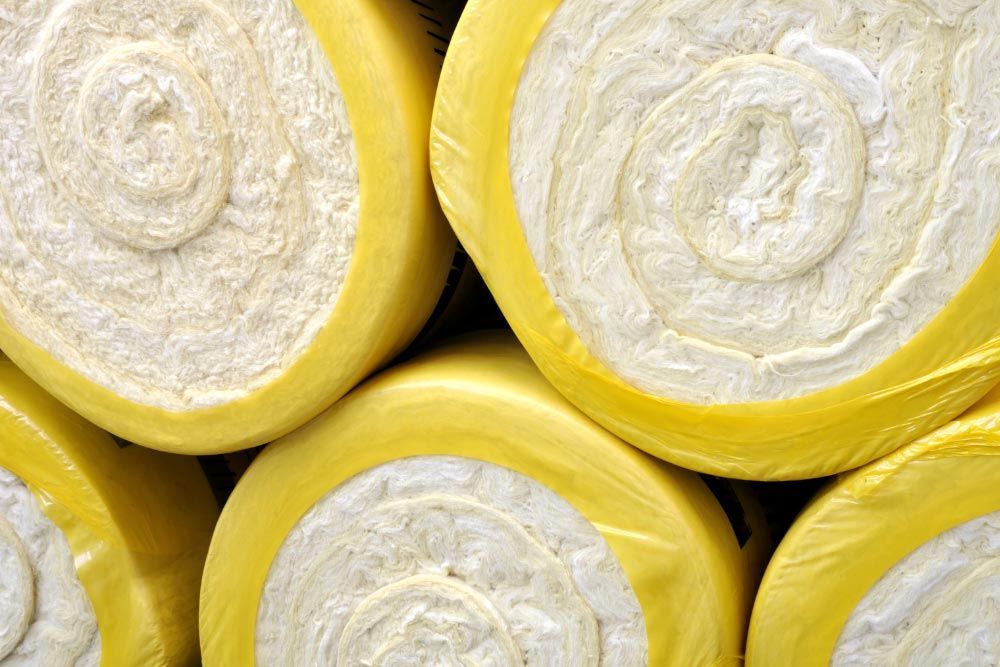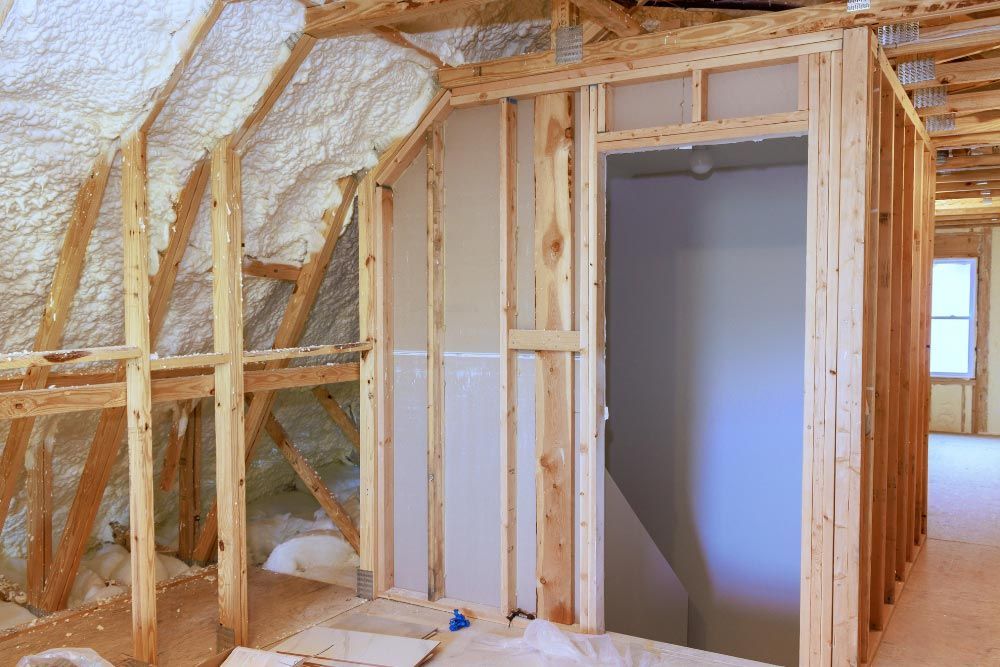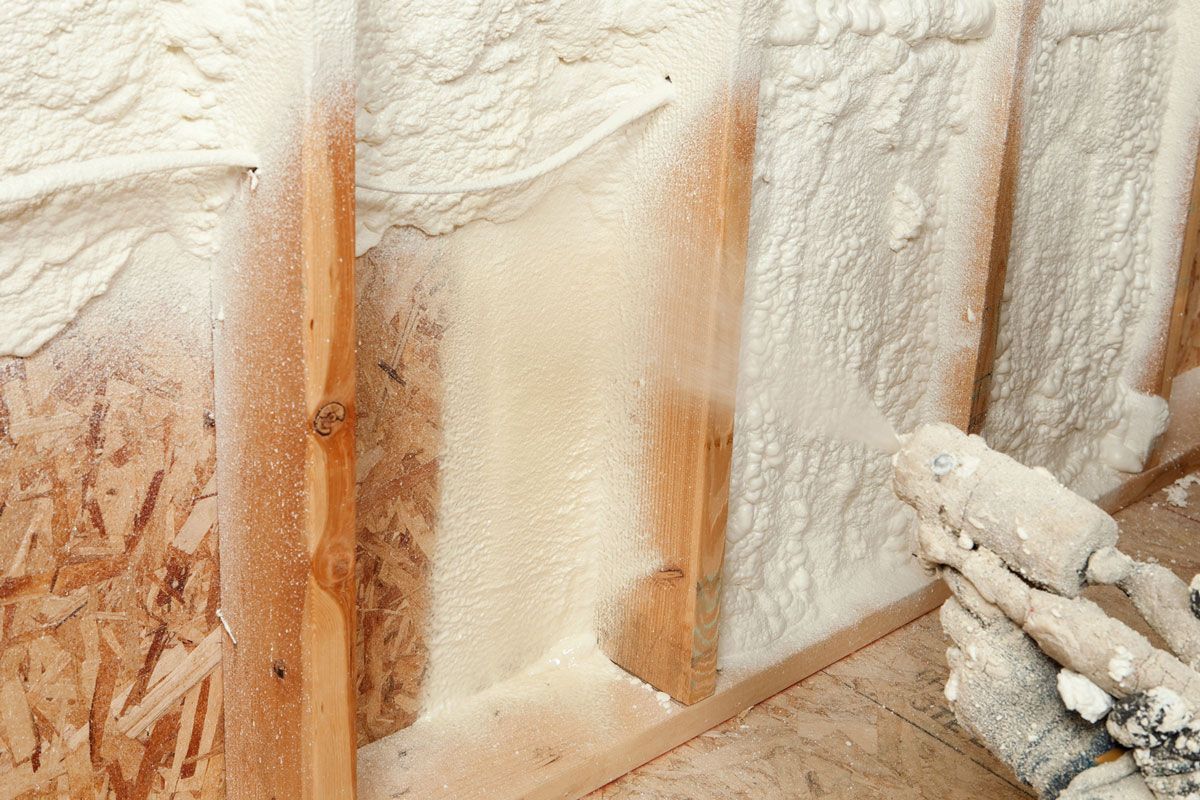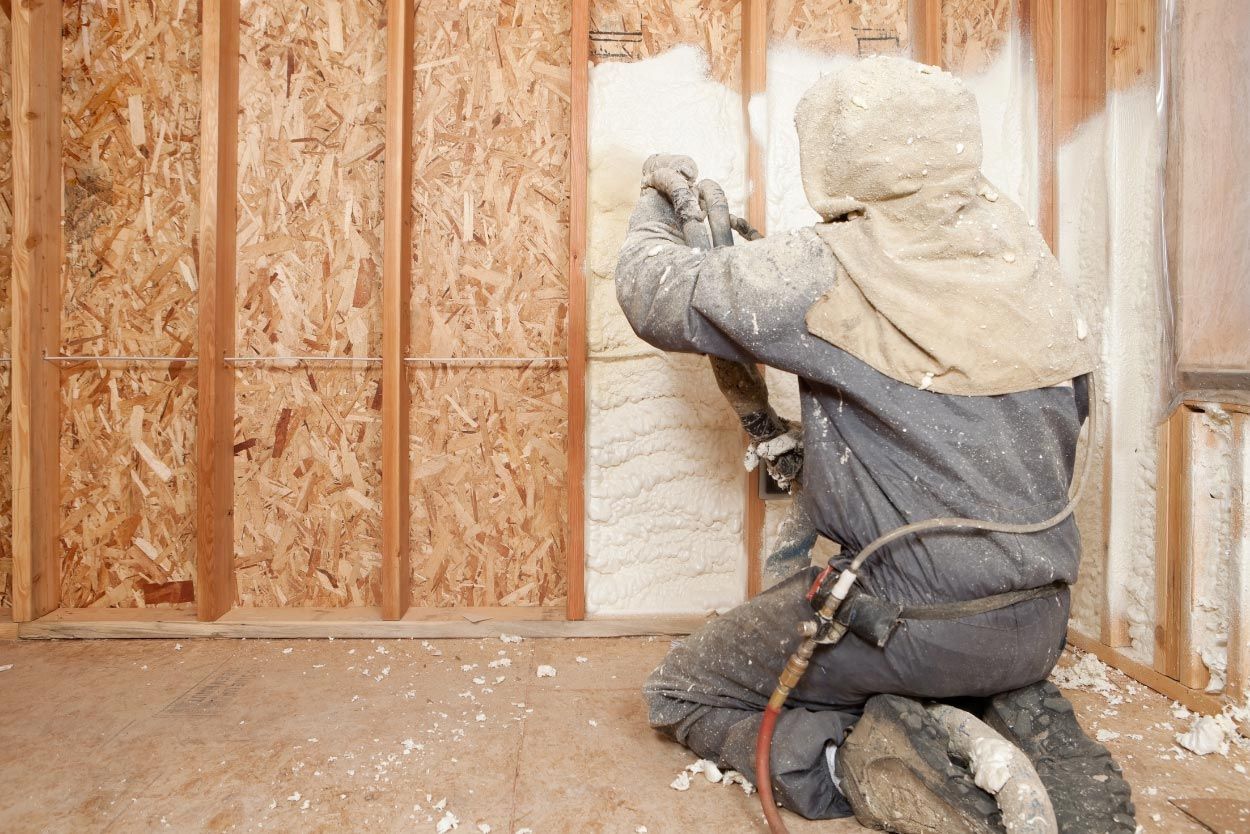Best Time of Year to Install Insulation: A Complete Guide
If you’ve ever noticed fluctuating energy bills or uncomfortable drafts at home, you’ve probably thought about upgrading your insulation. But one big question always comes up: When is the best time of year to install insulation?
While insulation can be added any time of year, strategic timing can make the process more cost-effective, energy-efficient, and stress-free. This blog will explore seasonal considerations, factual data from studies, building codes and compliance references, and practical tips so you can make the right decision.
And if you’re in Centennial, CO or surrounding areas, Mile High Centennial Insulation is here to help with expert insulation services for residential, agricultural, attic, garage, spray foam, and commercial projects.
Why Insulation Timing Matters?
Most homeowners think insulation is just about keeping the home warm in winter. In reality, it plays a year-round role:
- Winter → Prevents heat loss, keeps your home warmer, reduces heating bills.
- Summer → Blocks heat transfer, maintains cooler interiors, lowers air conditioning costs.
- Year-Round → Reduces energy waste, minimizes carbon footprint, and improves indoor comfort.
Installing insulation at the right time of year can:
- Make scheduling with contractors easier.
- Allow for quicker installations (due to favorable weather conditions).
- Maximize immediate energy savings.
Best Seasons for Insulation Installation
1. Fall: The Prime Season for Insulation
Fall is widely considered the best time to install insulation. Why?
- Preparation for Winter: The Department of Energy (DOE) notes that most heat loss occurs during colder months. Installing insulation in fall ensures you’re ready before peak heating demand.
- Comfortable Temperatures: Ideal working conditions for contractors mean faster, more efficient installation.
- Cost Savings: Homeowners often notice lower heating bills within the first billing cycle after insulation is upgraded.
2. Spring: A Close Second
Spring is another excellent time to insulate:
- Ahead of Summer Heat: Insulation reduces cooling costs. According to the EPA, proper insulation can save 15% on heating and cooling annually.
- Less Demand on Contractors: Spring can be less busy than fall, giving you scheduling flexibility and potentially better pricing.
- Moisture Protection: Adding insulation before the humid summer months reduces the risk of condensation and mold growth.
3. Winter & Summer: Possible, but Less Ideal
- Winter: Insulation is harder to install in freezing conditions, especially in attics and crawl spaces. However, it can still be done if urgent.
- Summer: Hot attics can make the process uncomfortable and less safe for installers, though spray foam insulation can still be effectively applied.
Factors That Influence Insulation Timing
1. Climate Zone:
Colorado falls under Climate Zone 5 & 6 per the U.S. Department of Energy.
Recommended R-Values:
- Attic: R-49 to R-60
- Walls: R-13 to R-21
- Floors: R-25 to R-30
2. Energy Efficiency Goals:
If reducing your utility bills is urgent, install insulation as soon as possible, don’t wait for the “perfect” season.
3. Project Type:
- New Construction: Insulation is installed during building, regardless of season.
- Retrofits/Upgrades: Fall and spring are best for minimal disruption.
Signs You Need Insulation Now
Sometimes, you can’t wait for the “perfect” season. If you notice these red flags, you need insulation right away:
- Drafty rooms or uneven temperatures.
- Ice dams forming on the roof in winter.
- Higher-than-normal energy bills.
- Pest infestations or visible damage in the attic.
If two or more of these apply to your home, delaying insulation could mean paying 20–30% more in energy costs this year.
Cost of Insulation by Season
| Insulation Type | Average Cost per Sq. Ft. | Installation Notes |
|---|---|---|
| Fiberglass Batts | $0.90 – $1.60 | Best done in mild weather. |
| Spray Foam | $1.75 – $3.50 | Effective year-round, but ideal in fall/spring. |
| Blown-In Cellulose | $1.00 – $2.00 | Quick attic installs, good for pre-winter prep. |
| Rigid Foam Board | $2.50 – $4.00 | Great for new construction or garage upgrades. |
Costs vary by region, square footage, and accessibility. For a 2,000 sq ft home, full insulation may cost $3,500 – $8,000 depending on type.
What Kind of Insulation Should You Choose?
Not all insulation is created equal. Here’s a quick breakdown:
- Fiberglass:
- Pros: Affordable, widely used, non-flammable.
- Cons: Loses effectiveness if compressed or wet.
- Cellulose:
- Pros: Eco-friendly, great for older homes.
- Cons: Can settle over time, reducing R-value.
- Spray Foam:
- Pros: Superior air sealing and high R-value.
- Cons: Higher upfront cost.
- Rigid Foam Board:
- Pros: Excellent for basements and exterior walls.
- Cons: Requires professional installation.
Knowing the material helps you choose the right one for your home’s age, climate, and budget.
Health & Comfort Benefits of Proper Insulation
Beyond cost savings, insulation contributes to your well-being and comfort:
- Better Indoor Air Quality: Keeps allergens, dust, and mold growth at bay.
- Noise Reduction: Insulated homes are quieter and more peaceful.
- Stable Temperatures: No more cold bedrooms in winter or overheated attics in summer.
- Improved Sleep & Comfort: Consistent temperatures support better rest.
The EPA Indoor Environments Division emphasizes that well-insulated homes not only save money but also reduce indoor air pollutants.
Building Codes & Compliance
When installing insulation in Colorado, compliance with International Energy Conservation Code (IECC) standards is critical.
- IECC 2021 (adopted by many municipalities):
- Attics: Minimum R-49
- Exterior Walls: Minimum R-20 or R-13 + R-5 continuous insulation
- Floors: Minimum R-30
- Local Requirements: Centennial, CO, follows the IECC guidelines and requires inspection to verify insulation meets required R-values.
- EPA Energy Star Program: Homes with proper insulation qualify for Energy Star ratings, boosting property value.
Failing to meet these codes can lead to higher utility bills, reduced home comfort, and issues when reselling your property.
Timing is Key
The best time of year to install insulation depends on your goals. If you want immediate winter savings, install in fall. If you’re preparing for summer cooling costs, spring works perfectly. But the bottom line is: the sooner you insulate, the sooner you save.
Work with Mile High Centennial Insulation
Ready to maximize your home’s energy efficiency and comfort? At Mile High Centennial Insulation, we provide:
- Residential Insulation
- Commercial Insulation
- Attic & Garage Insulation
- Agricultural Insulation
- Spray Foam Insulation
Address: 6767 S Vine St #1014, Centennial, CO 80122, USA
Phone: (720) 637-4759
Email: contact@insulationcentennial.com
Don’t wait for another season to pass. Call us today for a free consultation and start saving on your energy bills tomorrow!
FAQs About Insulation Timing
When should insulation be installed?
Ideally during spring or fall, when weather is mild, and before extreme temperatures hit. However, insulation can technically be installed any time of year if needed.
Which do you think is the best time of year to install insulation?
Fall is the best time, it prepares your home for winter’s energy demands while offering comfortable installation conditions for contractors.
How much does it cost to insulate a 2000 sq ft house?
On average, insulating a 2,000 sq ft home costs between $3,500 and $8,000, depending on insulation type, existing conditions, and accessibility. Spray foam tends to be more expensive but offers better efficiency.
What is the most cost-effective way to insulate a house?
Blown-in cellulose or fiberglass batts are typically the most budget-friendly. For long-term savings, spray foam provides the best return on investment due to its superior air-sealing qualities.


